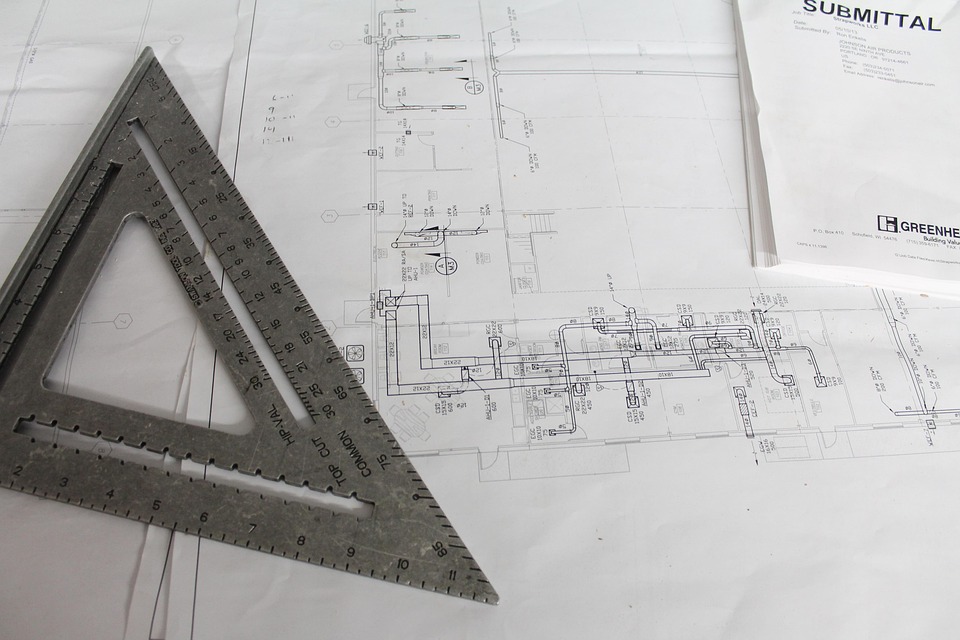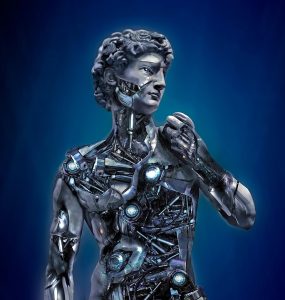The Art of Editorial Graphic Design: Creating Visual Masterpieces
In today’s digital age, creating visual content is more important than ever. People consume information and media at an incredible pace and making sure your content stands out can make all the difference. That’s where the art of editorial graphic design comes in. A well-designed visual can be the difference between a story getting lost in a sea of content or it being the one that catches someone’s eye. In this article, we’ll take a look at the art of editorial graphic design and how to create visual masterpieces that captivate and draw in your audience.
What is Editorial Graphic Design?
Editorial Graphic Design is the practice of designing visual content that accompanies written content, typically found in newspapers, magazines, and online articles. Its purpose is to enhance and complement the text, while also making it easier for readers to understand and navigate the content. This is done through a combination of typography, layout, color, and imagery. It’s an art form that requires a balance of creativity and functionality, as the visual design needs to be visually appealing but also be able to convey information effectively.
The Elements of Editorial Graphic Design
There are several elements that come into play when creating effective editorial graphic design, including typography, imagery, color, and layout. Let’s take a look at each of these elements in more detail.
Typography
Typography is the art of arranging type in a way that is visually appealing and easy to read. It plays a critical role in editorial graphic design because it helps to establish the tone and voice of the content. Different fonts convey different emotions and can make or break the design of a visual. Choosing the right typeface is crucial to the success of the design, as it can enhance readability and overall aesthetic appeal.
Imagery
Imagery is another critical element of editorial graphic design. Strong visuals can make or break a piece of content. The imagery needs to be carefully chosen to complement the text and help convey its message visually. Choosing images that are high quality, relevant and unique can help make the visual stand out, and bring the text to life.
Color
Color is another key element, and it’s important to use color in ways that enhance and complement the visual, as well as the text. Using a specific color palette can create a cohesive and unified visual, which can enhance the overall impact of the design. A good rule to follow is to use no more than three colors in your design to avoid overwhelming the reader with too much information. Be deliberate in your color choices to make the most of their impact.
Layout
The layout is the way visual elements are arranged on a page or screen. It plays a crucial role in editorial graphic design as it determines the flow of the content and helps guide the reader through the content effectively. The layout should be easy to follow, with a clear hierarchy of information that guides the reader through the piece. Proper use of white space, contrast, and balance can also help to create an effective layout.
How to Create a Visual Masterpiece
To create a visual masterpiece, there are several aspects to consider:
Understand the Medium – Different mediums require different design elements. What works in a physical magazine may not translate well to a screen. Understand your audience and the medium they are accessing your content through. Tailoring your design to the medium can enhance the impact of the visual.
Keep it Simple – Less is often more when it comes to design. Don’t overload your visual with too many elements, as it can be overwhelming and confusing for readers. Keep it simple by focusing on the essentials.
Tell a Story – Your visual should tell a story that complements the text. Use it to enhance the message and bring it to life. Use imagery that evokes emotion and illustrates the meaning of the text.
Be Bold and Innovative – Don’t be afraid to experiment and try new things. Be bold and innovative in your design approach to create visuals that stand out and captivate the reader’s attention.
Conclusion
Editorial Graphic Design is a vital aspect of content creation. It can turn basic text into engaging, visual masterpieces that captivate audiences. Understanding the key elements of editorial graphic design, like typography, imagery, color, and layout, and how to utilize them effectively, is crucial to creating effective visuals. Keep your visuals simple, authentic, and story-driven while experimenting with new design ideas to create visuals that stand out from the crowd.
FAQs
Q: How important is editorial graphic design?
A: Editorial graphic design is critical to the success of your content, as it can create a visual impact that helps the content stand out.
Q: What are the essential elements of editorial graphic design?
A: The essential elements of editorial graphic design are typography, imagery, color, and layout.
Q: What’s the best way to create an effective visual?
A: To create an effective visual, understand the medium, keep it simple, tell a story, be bold and innovative.
Q: How many colors should I use in my visual design?
A: Limiting yourself to three colors can help you create a more effective and cohesive visual design.
Q: What does a strong visual add to written content?
A: A strong visual can enhance and complement the text, while helping readers to navigate and understand the content better.






